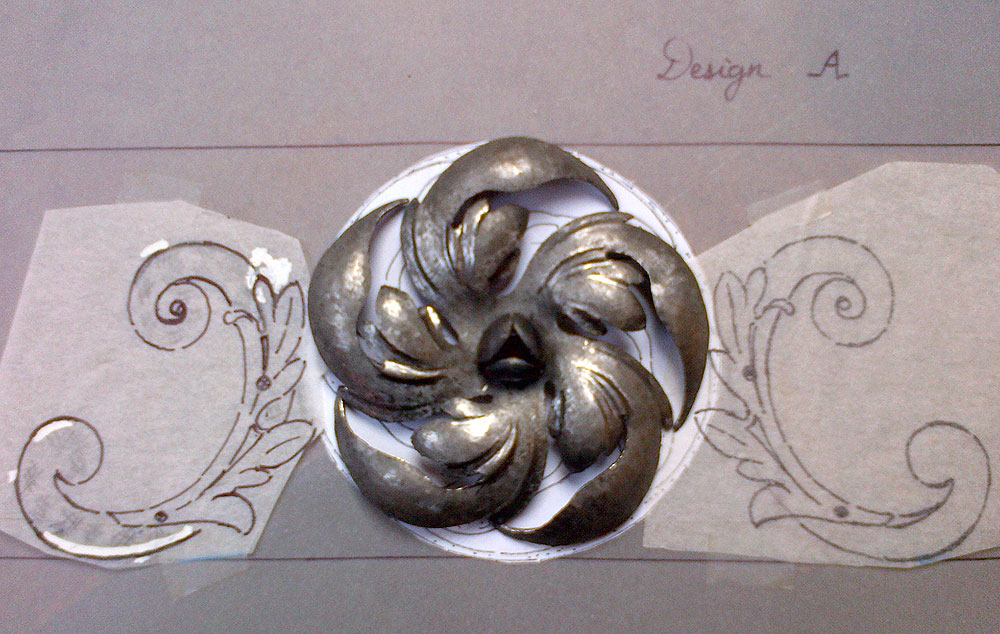The technic of repoussé is considered the crowning specialty of the fine metalworker.
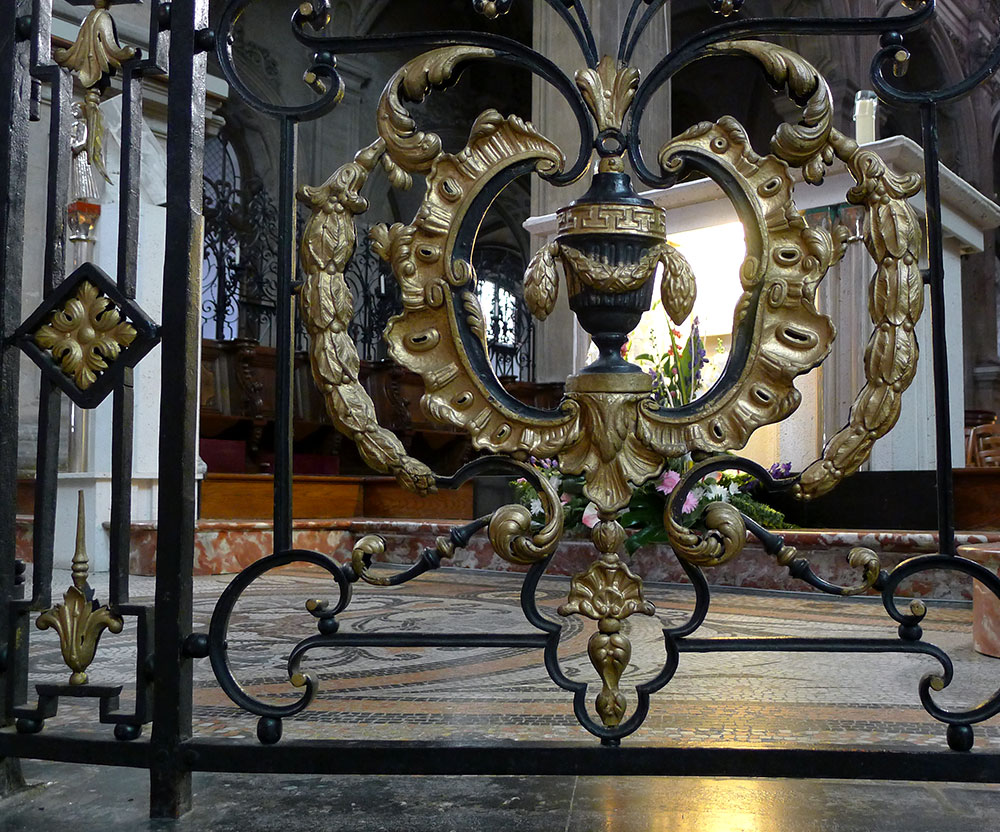
This technic – that developed in France starting the 17th century – consists of designing and fabricating decorative foliage ornaments out of thin sheets of metal (traditionally iron plate of 1/32” up to 1/16”) using wood/lead blocks and a set of specialized tools.
Such repoussé ornament is not stamped nor cast but rather hammered both from the back side and the front side prior to be neatly veined using chisel-like tool secured in the legged vise and a set of specific hammers.
These vise-held tools and the hammers are, in most cases, fabricated by the repousse artisan as these tools are not available off the shelves.
Thus the repousse artisan takes pride in stamping each of the tools with his own mark.
Repoussé work is a very consuming time labor and the most simplest waterleaf ornament may take one hour to craft and even more depending of its size and intricacy.
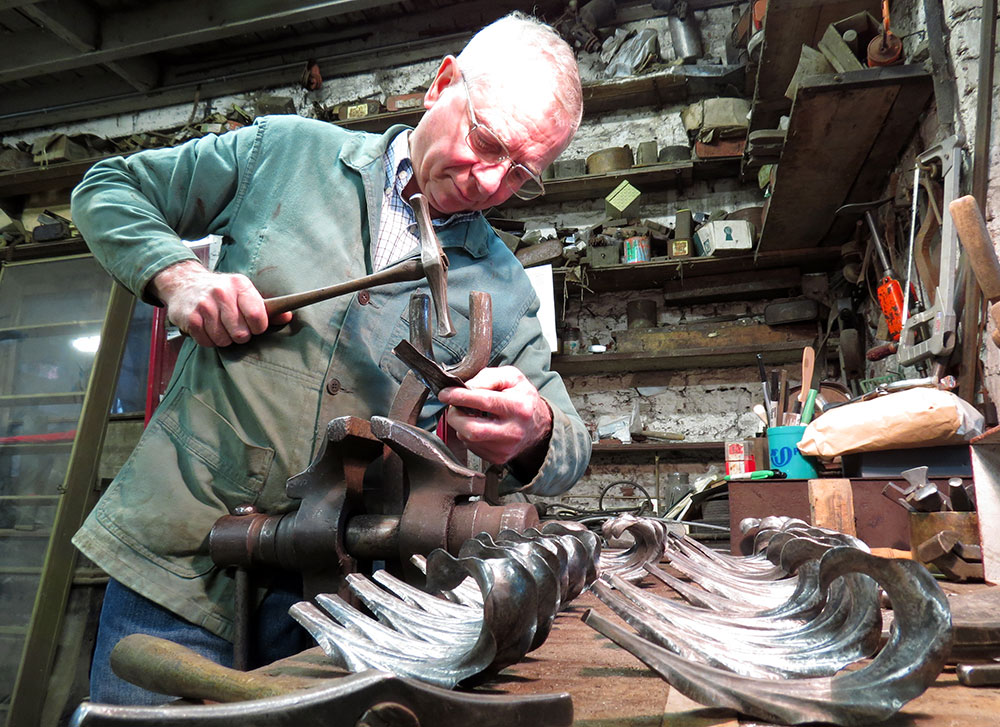
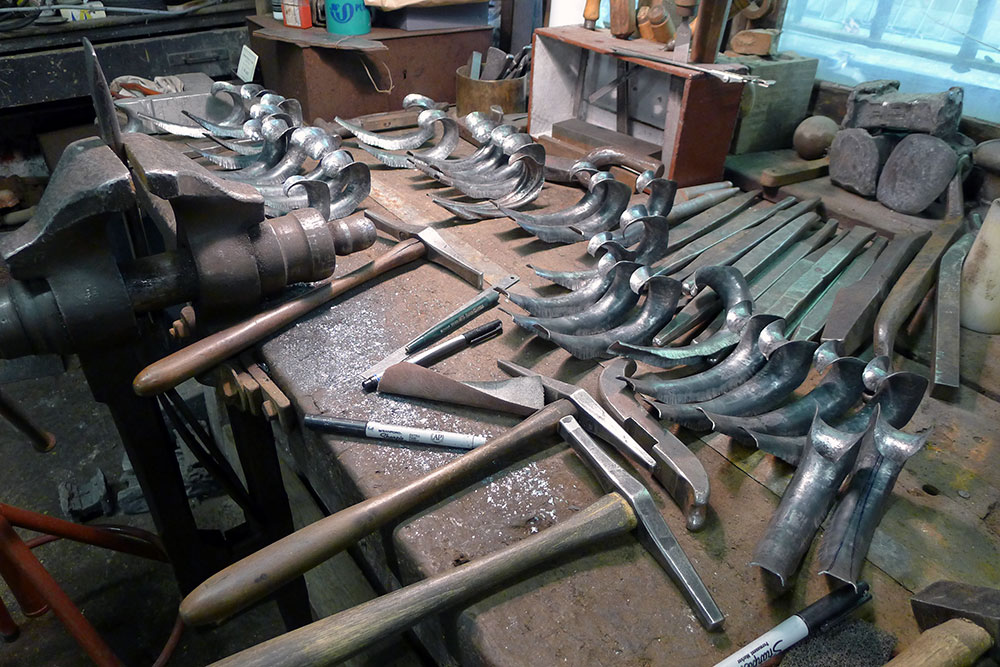
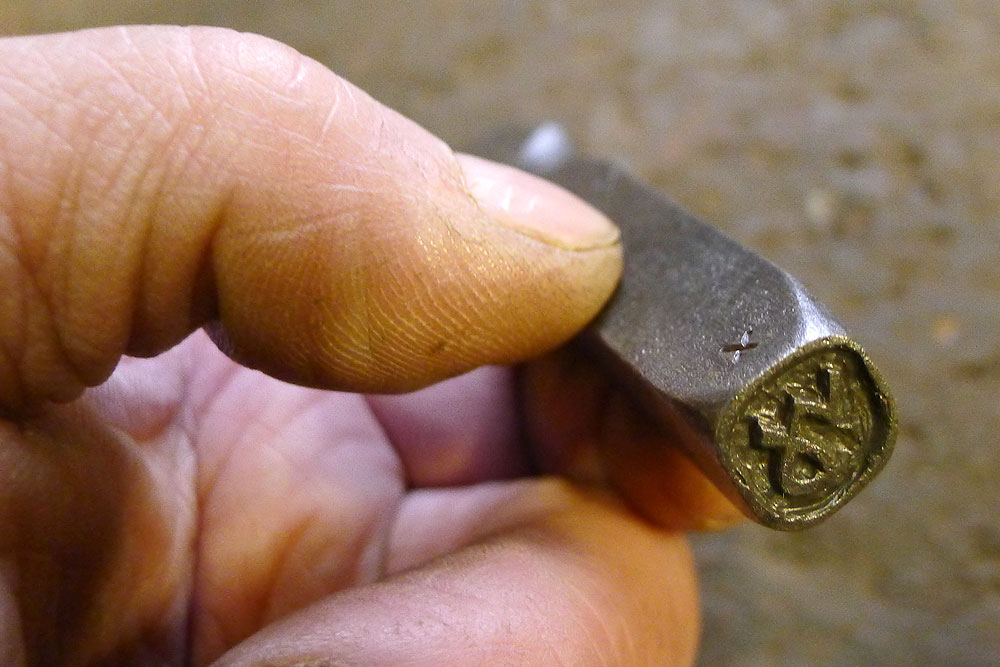
The knowledge of hand drawing of the ornament is also necessary to the repoussé artisan, especially important when comes the time of securing the flattened contour of the ornament.
It has been said, back in the 18th century, that “fine metalwork is the salt –and– pepper of refined architecture” and we would adapt this statement in writing that “repoussé work is the salt –and– pepper of fine metalwork”.
A lecture about repoussé has been done by Jean Wiart during the 2015 conference of the Institute of Classical Architecture and Art, held in Salt Lake City, Utah, USA.
Serrurerie Wiart will gladly provide cost estimate to craft the repousse ornamentation of your project, small or large.
For big ones (over 20 identical items), a sample of ornament may be provided for review and approval prior to commence the full fabrication.
